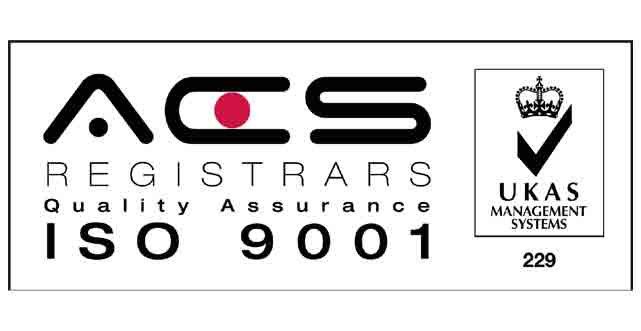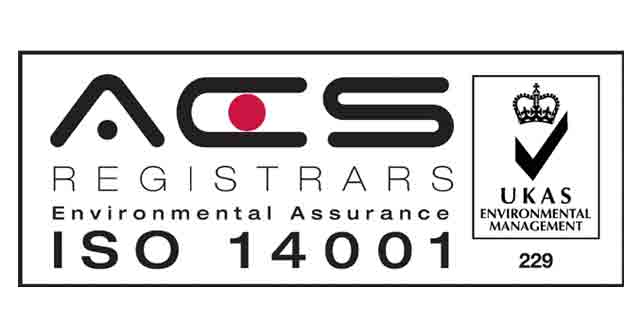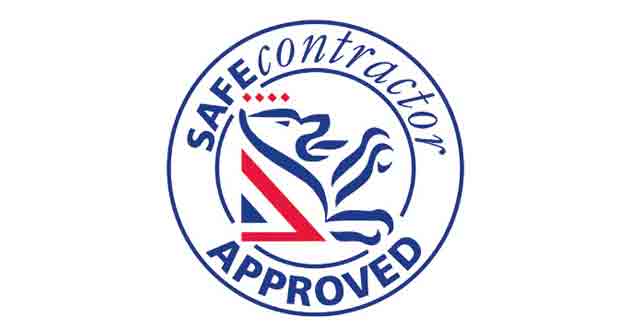
Legionnaires’ disease was first identified in 1976 after a number of deaths occurred following a convention of the American Legion, from where is gains its name. On further investigation it became apparent that the bacteria, now named Legionella pneumophila, had been around for many decades and that Legionnaires ’ disease was indeed not new, with archived human tissues showing that Legionella bacteria had been the cause of death.
Legionella bacteria occur naturally in the environment but are able to grow to large population densities within a very short period of time in engineered water systems. Many water systems operate within the ideal temperature range for the bacteria, 20oC to 40oC, whilst also providing iron and microbial hideouts for ideal conditions.
The water systems most commonly associated with a Legionnaires’ disease outbreak are cooling towers or evaporative condensers and typically those associated with air conditioning systems in buildings. However, all water systems are capable of hosting the bacteria and there are more outbreaks or illnesses linked to hot and cold water systems than cooling systems. Although, when a cooling system does go wrong this can be devastating to those in the vicinity.
Legionnaires’ disease is a type of pneumonia. The incubation period (the time between exposure to the organism and becoming symptomatic) is between two and ten days. The illness is often very aggressive with the patient suffering from diarrhoea, vomiting, major organ failure and becoming delirious. The death rate is 12%, however, those that survive Legionnaires’ disease will often continue to suffer from lung-related problems, kidney failure and often epilepsy.
There is a milder form of the illness known as, Pontiac fever, named after where it was first identified. It is not clear why some people get this flu-like illness while others contract full Legionnaires’ disease but it is known that susceptible individuals (those with a reduced immune system, smokers and increased age) are more likely to get the full disease. Pontiac fever is not a killer and most patients make a full recovery.
These days Legionnaires’ disease can be diagnosed very quickly with the use of a urine test but more importantly the bacteria can be prevented from growing with the careful management of engineered water systems. In essence keep cold water cold, hot water hot and cooling systems clean.
For more information or a quotation just call 01869 326 000 or drop us a line










